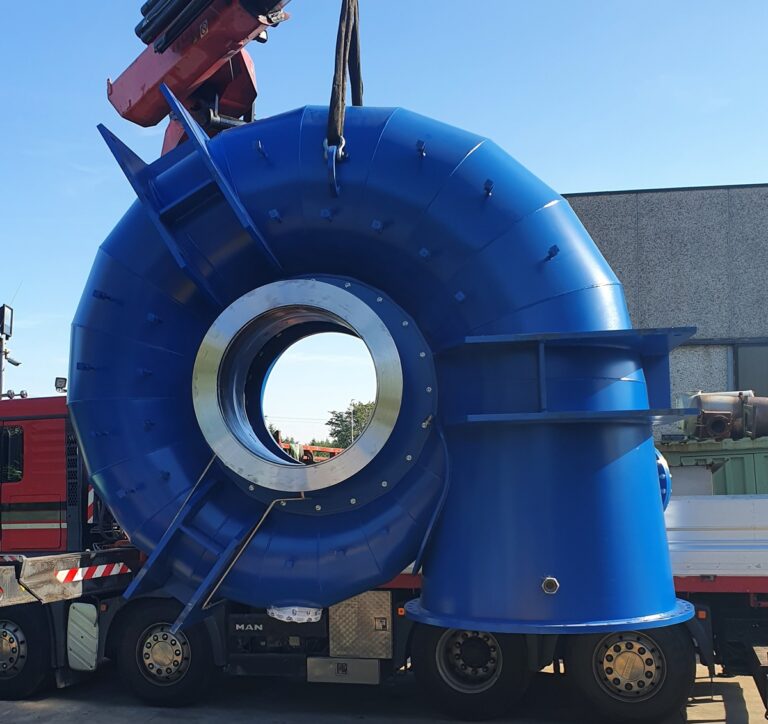Carbon sequestration is an artificial or natural process by which carbon dioxide (CO2) is captured from the atmosphere and stored for long periods, effectively removing it from the carbon cycle.
This process plays a critical role in mitigating climate change as it helps reduce the amount of CO2, a potent greenhouse gas, in our atmosphere.
Carbon sequestration captures and stores carbon dioxide (CO2), one of the main greenhouse gases contributing to global warming. The process occurs naturally through biological carbon sequestration and can be engineered artificially. Here’s a closer look at both processes.
Table of Contents
Biological or terrestrial carbon sequestration
This process is a part of the natural carbon cycle and involves plants absorbing CO2 from the atmosphere during photosynthesis. When plants grow, they store carbon in their tissues and in the soil. This natural process is enhanced through activities such as:
- reforestation and afforestation: planting new trees or creating new forests increases the amount of CO2 that can be absorbed from the atmosphere;
- land management practices: techniques such as reducing tillage, cover cropping, and crop rotation can increase soil carbon;
- wetland restoration: wetlands are powerful carbon sinks, storing carbon in plant biomass and highly organic soils.
Geologic carbon sequestration
This is a more engineered approach to this process, often called carbon capture and storage (CCS). It works as follows:
- capture: CO2 is captured at its source, such as at power plants or industrial facilities. Before it’s released into the atmosphere. This can be achieved via several methods, including post-combustion (capturing CO2 from flue gases), pre-combustion (removing carbon from the fuel before combustion), and oxyfuel combustion (burning fuel in pure oxygen to produce a stream of CO2 and water);
- transport: Once captured, the CO2 is compressed and transported, often through pipelines, to a suitable storage site;
- storage: The CO2 is injected deep underground into porous rock formations, often in depleted oil and gas fields or deep saline aquifers. Once injected, the CO2 can be stored indefinitely or potentially used in enhanced oil recovery (EOR).
Carbon sequestration works through natural processes that remove CO2 from the atmosphere. It also involves capturing and storing CO2 artificially before it enters the atmosphere. Both methods are crucial in reducing climate change by decreasing the amount of CO2 in the atmosphere.
Challenges and limitations of carbon sequestration
While this process offers promising solutions for mitigating climate change; it also comes with various challenges and limitations that must be considered.
Technical challenges
- capture efficiency: Not all carbon capture technologies are fully efficient. Some may only capture a percentage of the carbon dioxide, allowing a significant amount to still be released into the atmosphere;
- storage security: In geologic sequestration, there is a risk of leakage from storage sites. This could release carbon dioxide back into the atmosphere. Ensuring long-term, secure storage is a significant challenge;
- infrastructure needs: Carbon capture and storage (CCS) requires substantial infrastructure, including transportation pipelines and injection and storage facilities. Developing this infrastructure is a significant technical and logistical challenge.
Environmental and social challenges
- land use: terrestrial carbon sequestration often requires large areas of land, which can lead to conflicts with other land uses, such as agriculture or development;
- biodiversity concerns: in some cases, large-scale tree planting for carbon sequestration may lead to monocultures, harming local biodiversity;
- public perception: some people may oppose CCS due to safety concerns, e.g., the risk of carbon dioxide leakage.
Carbon sequestration can be crucial to the fight against climate change
Carbon sequestration through natural or engineered processes is crucial in our fight against climate change.
Storing carbon and preventing its release into the atmosphere offers a promising path toward reducing greenhouse gases and mitigating global warming. However, it has challenges, from technical and economic to environmental and social issues.
As we move forward, we must address these challenges and continue advancing our methods and technologies for carbon sequestration. Our collective efforts in understanding and implementing effective carbon sequestration practices are vital for the health of our planet and future generations.
Read also: Climate engineering: what is it and why it could be a solution to address climate change












